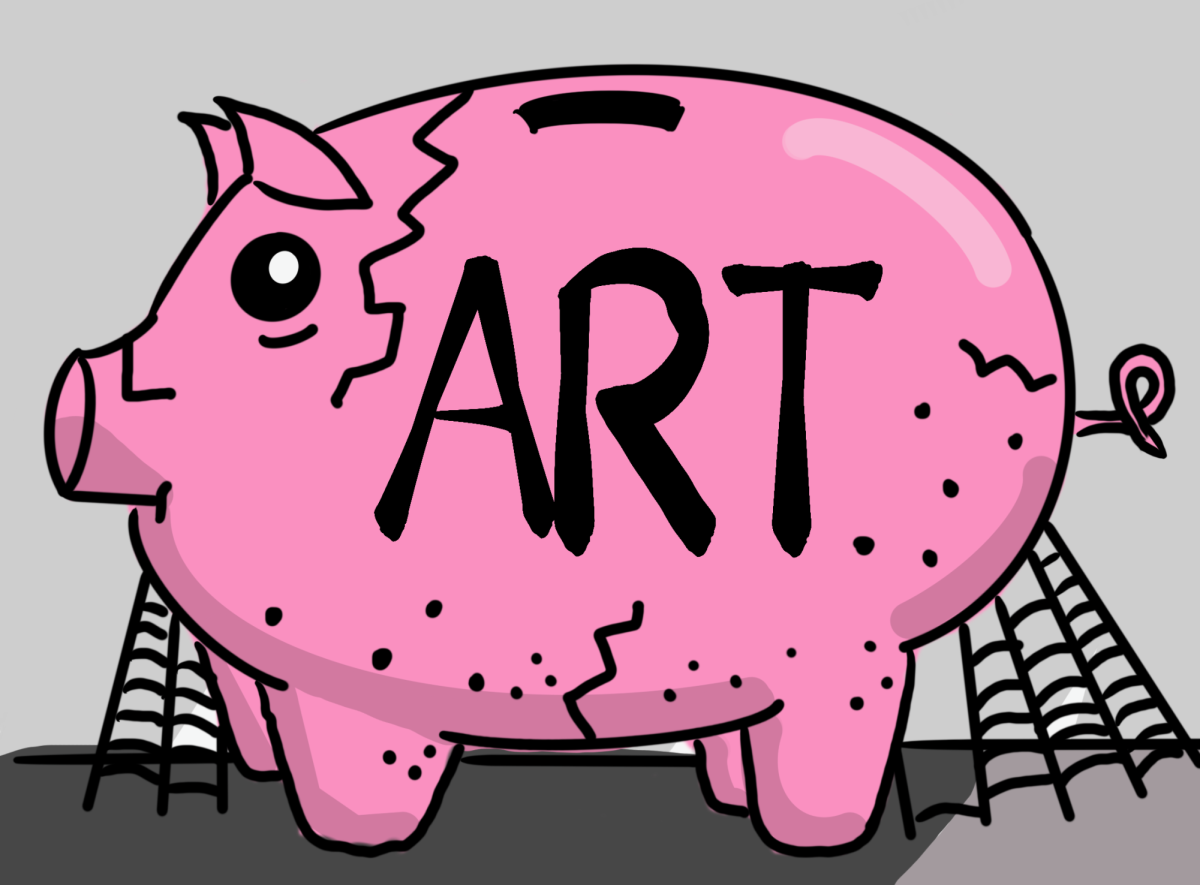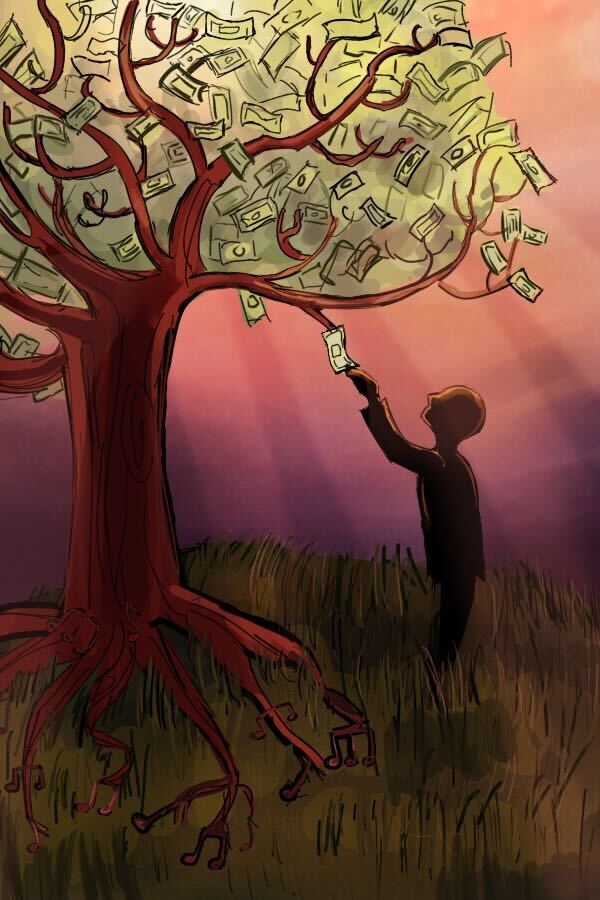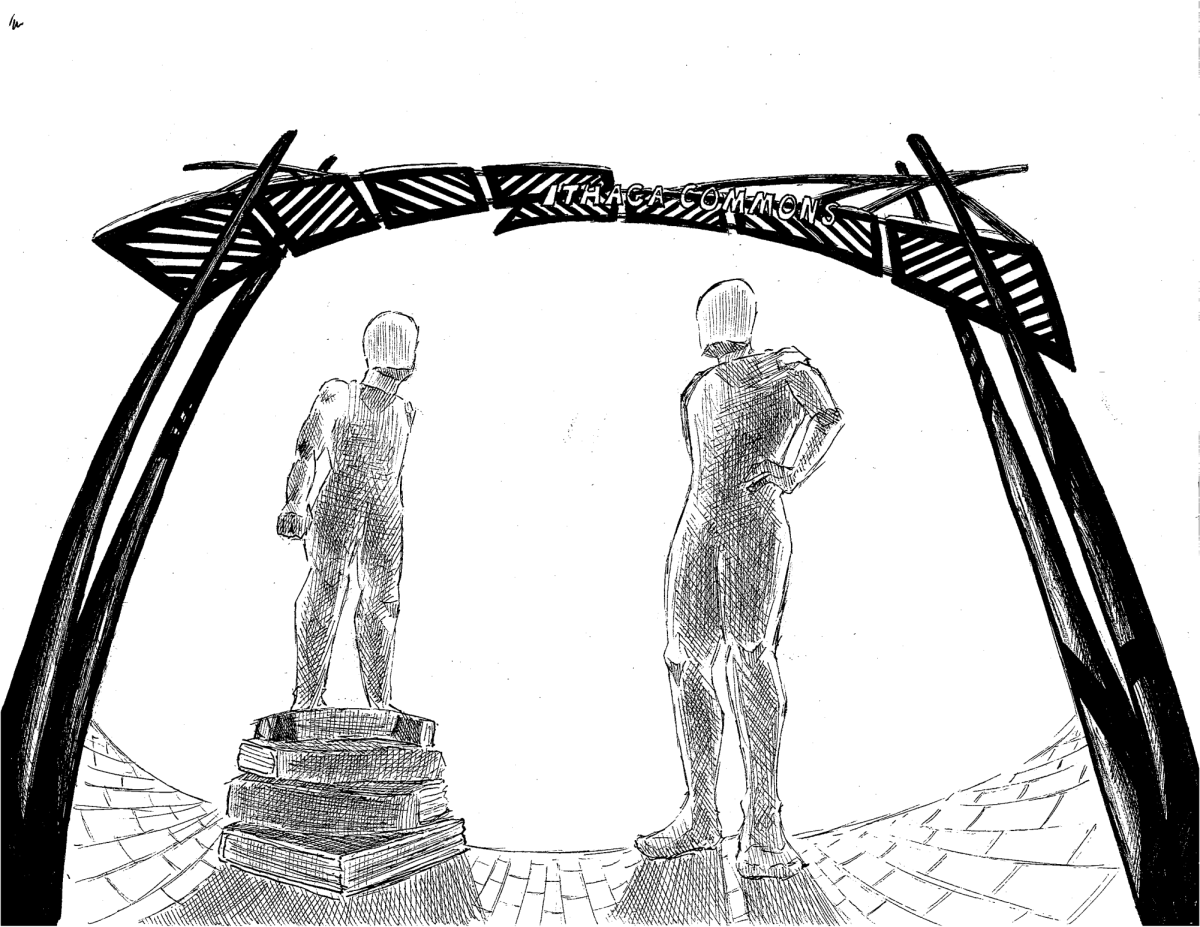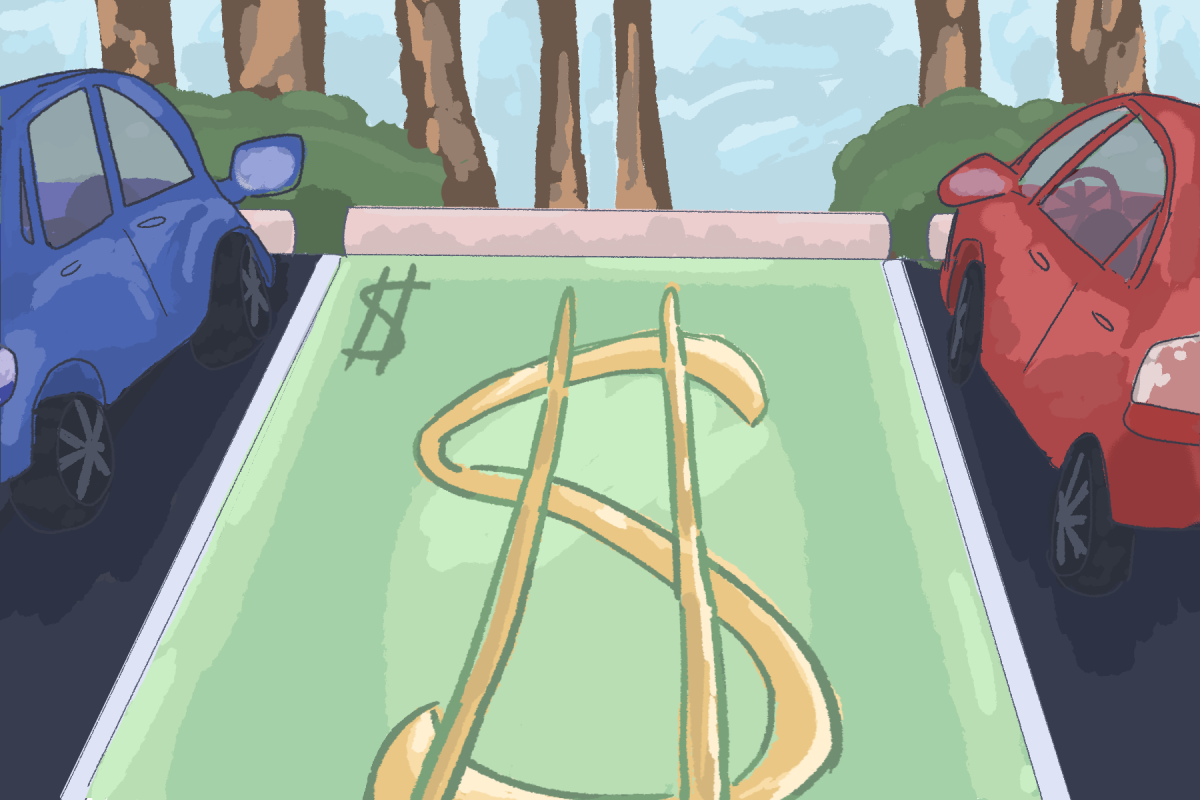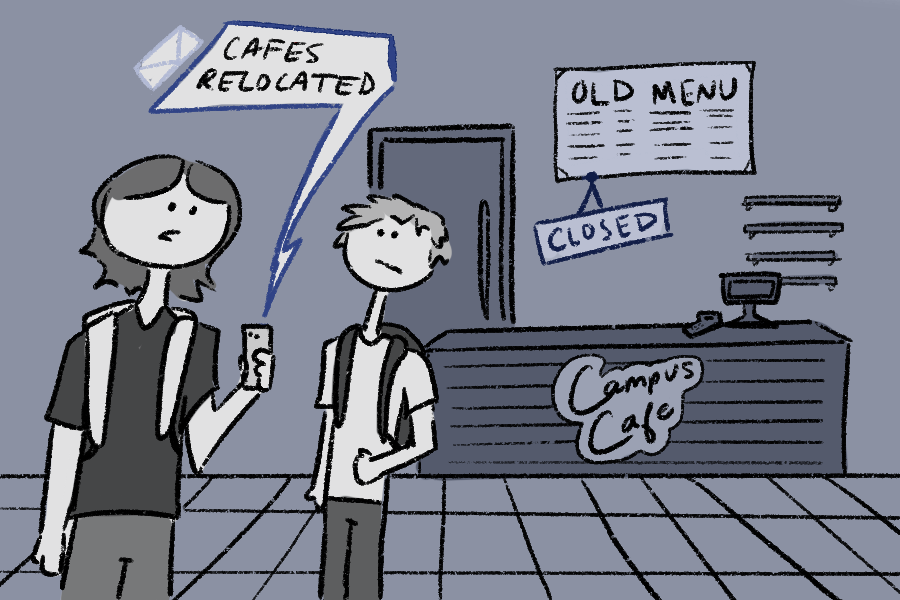Children use art for both learning and self-expression before they learn how to express their feelings aloud. Kids draw and paint to understand their surroundings and even learn their letters through song. They immerse themselves in stories from books, gain an understanding about the world through dress up and make believe. The arts are how children start to understand themselves, and the world.
Art education fosters emotional development, school engagement and civic participation. Despite its proven benefits in academic performance, mental well-being and future success, arts education remains underfunded and undervalued in many school districts.
The American Academy of Arts and Sciences has reported a significant decline in access to arts education in U.S. public schools over the past two decades. New York State Council on the Arts funding has fallen by 68% since 1990, from $128 million to $40.6 million in 2023, adjusted for inflation.
As of 2020, only 19 states include arts as a key area of their state accountability system, with only 13 having done statewide reports on arts education in the last five years. The U.S. Department of Education has not done a comprehensive national arts education report in over 10 years.
Reductions in federal funding have adversely affected music and arts programs, with many schools relying heavily on district funds and student fundraising to sustain their arts programs. The National Endowment for the Arts found that access to arts education has steadily declined since the 1980s, disproportionately affecting students from lower-income backgrounds.
In an investigation by Education Next, it was found that the arts have positive effects on empathy, school engagement, discipline and even writing achievement. Students in the arts tend to have higher SAT scores, and overall higher GPAs than students who are not involved in some sort of arts.
Low-income students engaged in the arts have a dropout rate of only 4%, compared to 22% among their peers. At schools with an expanded arts education, students are over 20% less likely to have a disciplinary infraction — though the two may seem unconnected, art helps students express themselves in a way that is positive to their environment.
Amid nationwide funding cuts, institutions like Ithaca College demonstrate the value of investing in the arts. IC is home to a vibrant School of Music, Theatre, and Dance, as well as strong programs in film, visual arts and creative writing. From student-run theater productions and film sets to opportunities at the Handwerker Gallery and clubs on campus, IC is fostering the arts.
Arts education fosters creativity, problem solving skills and self-confidence in students, critical skills for success in not only their careers, but personal lives as well. Fewer students pursuing creative careers will lead to a decline in innovation and cultural engagement, changing the way our world works.
It is critical that the U.S. increases funding at both federal and state levels, along with integrating arts education into curriculums for other subjects. Schools, parents and policymakers advocating for arts funding is essential, not optional.


